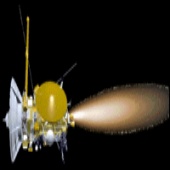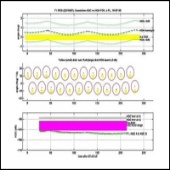ESA Science & Technology - News Archive
News Archive
News Archive
Published: 20 December 1998
Published: 7 December 1998
Published: 3 December 1998
Published: 2 December 1998
Published: 12 October 1998
Published: 15 July 1998
Published: 29 May 1998
Published: 24 October 1997
Published: 15 October 1997
Published: 16 September 1997
Published: 16 July 1997
Published: 16 July 1997
Published: 3 March 1997
Published: 11 February 1997
Published: 1 February 1997
Published: 5 April 1996
Published: 31 July 1995
—
20 Items per Page







